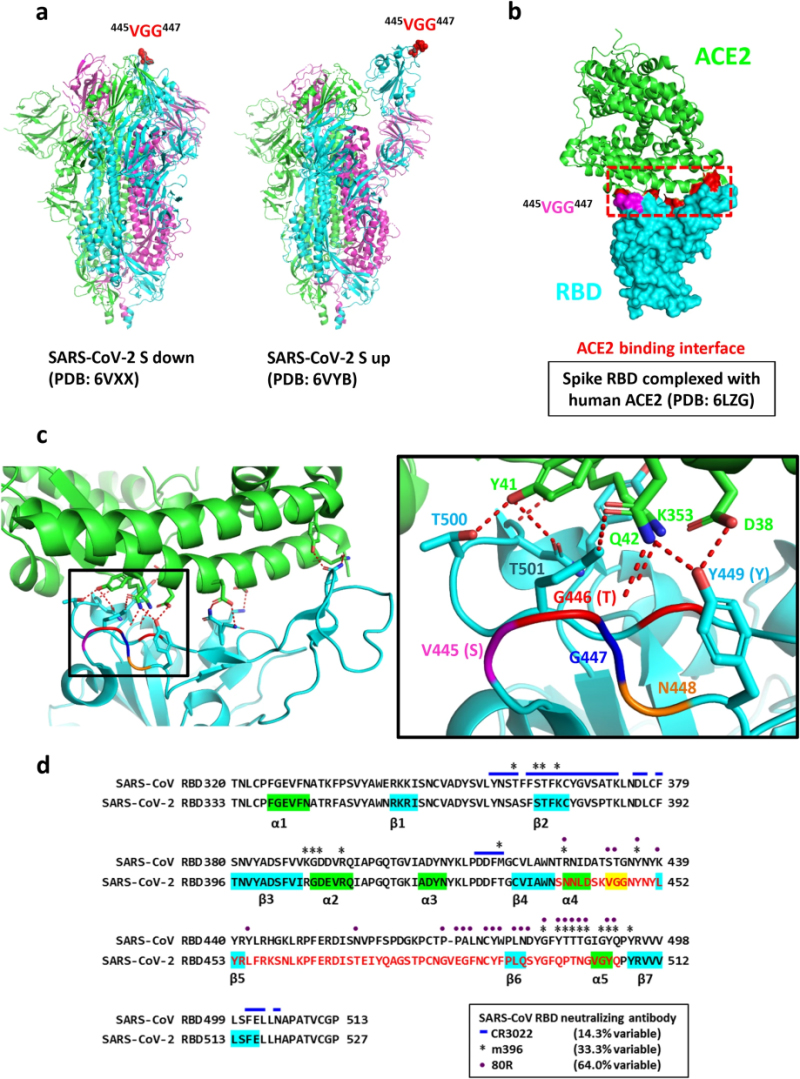Identification of COVID-19 B-cell epitopes with phage-displayed peptide library
- 作者:Jing-You Guo, I-Ju Liu, Hsiu-Ting Lin, Mei-Jung Wang, Yu-Ling Chang, Shin-Chang Lin, Mei-Ying Liao,
- 期刊: J Biomed Sci, 28: 43. https://jbiomedsci.biomedcentral.com/articles/10.1186/s12929-021-00740-8
Since the coronavirus disease 19 (COVID-19) emergence, its causing virus, SARS-CoV-2, has been rapidly transmitted around the globe, overwhelming the medical care systems in many countries and leading to more than 3.7 million deaths. Identification of immunological epitopes on the virus would be highly useful for the development of diagnostic tools and vaccines. To find disease-specific B-cell epitopes that correspond to or mimic natural epitopes, we used phage display technology to determine the targets of specific antibodies present in the sera of immune-responsive COVID-19 patients. Enzyme-linked immunosorbent assays were further applied to assess competitive antibody binding and serological detection. VaxiJen, BepiPred-2.0 and DiscoTope 2.0 were utilized for B-cell epitope prediction. PyMOL was used for protein structural analysis. 36 enriched peptides were identified by biopanning with antibodies from two COVID-19 patients; the peptides 4 motifs with consensus residues corresponding to two potential B-cell epitopes on SARS-CoV-2 viral proteins. The putative epitopes and hit peptides were then synthesized for validation by competitive antibody binding and serological detection. The identified B-cell epitopes on SARS-CoV-2 may aid investigations into COVID-19 pathogenesis and facilitate the development of epitope-based serological diagnostics and vaccines.
